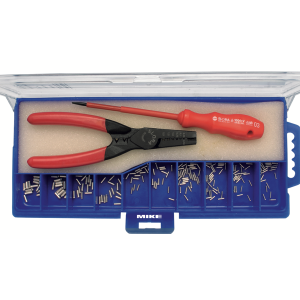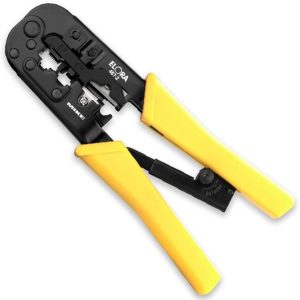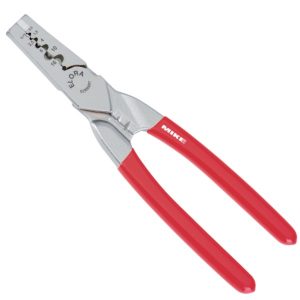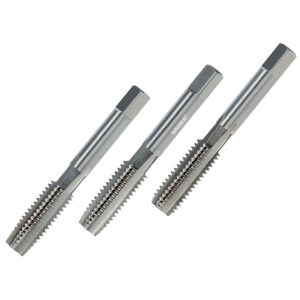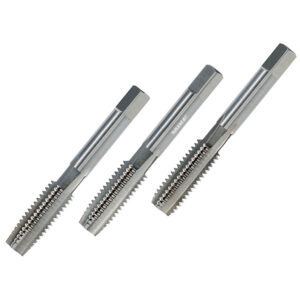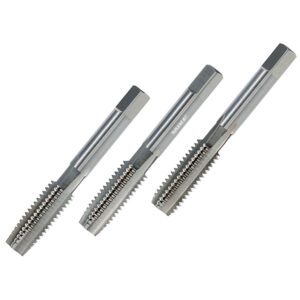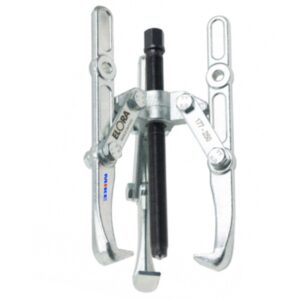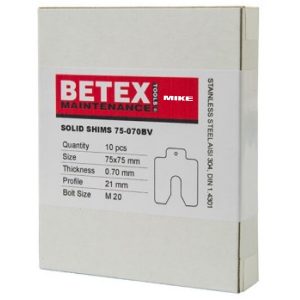A crimping plier is a specialized tool used in electrical work and other applications to create a secure connection between two pieces of material, typically wires or cables. It is designed to crimp or compress a metal sleeve, called a crimp connector or terminal, onto the stripped ends of wires, creating a reliable and electrically conductive joint.
The crimping plier typically consists of two handles, a pivot point, and a crimping head. The handles are used to apply force, while the crimping head contains two or more crimping sections or dies. These dies have specially shaped profiles that match the design of specific crimp connectors.
To use a crimping plier, you start by stripping the insulation from the ends of the wires. Then, you insert the bare wire ends into the appropriate crimp connector. The crimping plier is positioned over the connector, and pressure is applied by squeezing the handles together. This compresses the connector around the wires, deforming it and creating a tight connection. The crimped joint provides mechanical strength and electrical continuity.
Crimping pliers are commonly used in various industries and applications, including electrical wiring installations, automotive repairs, telecommunications, and network installations. They are available in different sizes and designs to accommodate various wire gauges and types of crimp connectors. It is essential to use the correct crimping plier and follow the manufacturer’s instructions to ensure proper crimping and a reliable connection.
How many kind of crimping pliers?
There are several types of crimping pliers available, each designed for specific purposes and applications. Here are some of the most common types:
- Wire Crimping Pliers: These are the standard crimping pliers used for electrical work and general wire crimping tasks. They are versatile and can handle a wide range of wire gauges and crimp connectors.
- Ratcheting Crimping Pliers: These pliers have a built-in ratcheting mechanism that ensures consistent and secure crimps. They apply even pressure and prevent the pliers from opening until the crimping process is complete.
- Insulated Terminal Crimping Pliers: These pliers are designed specifically for crimping insulated terminals, such as those used in electrical connections. They have special dies that provide a secure crimp while preserving the insulation.
- Open Barrel Terminal Crimping Pliers: These pliers are used for crimping open barrel terminals, which are commonly found in automotive wiring and other applications. They have unique dies that form a barrel-shaped crimp to ensure a reliable connection.
- Bootlace Ferrule Crimping Pliers: These pliers are used for crimping bootlace ferrules, which are small metal sleeves used to terminate stranded wires. They create a secure connection with excellent strain relief.
- Coaxial Cable Crimping Pliers: These pliers are designed for crimping connectors onto coaxial cables. They have specific dies that accurately crimp the connectors without damaging the cable.
- Modular Plug Crimping Pliers: These pliers are used for crimping modular plugs, such as RJ45 connectors used in Ethernet networking. They have dies that crimp the contacts and strain relief simultaneously.
- Flag Terminal Crimping Pliers: These pliers are designed for crimping flag terminals, which have a flat, flag-like shape. They provide a secure crimp on these specialized terminals, commonly used in automotive and electrical applications.
- Non-Insulated Terminal Crimping Pliers: These pliers are specifically designed for crimping non-insulated terminals and connectors. They ensure a tight and reliable crimp on bare metal terminals.
- End-Sleeve Crimping Pliers: Also known as ferrule crimping pliers, these tools are used for crimping end sleeves or ferrules onto the ends of wires. They create a strong connection and are commonly used in industrial and electrical applications.
- Dupont Connector Crimping Pliers: These pliers are used for crimping Dupont connectors, which are commonly found in electronics and computer applications. They provide a precise and secure crimp on the small pins of these connectors.
- Spark Plug Wire Crimping Pliers: These pliers are specifically designed for crimping spark plug wires in automotive applications. They ensure a secure connection between the spark plug terminal and the wire.
These are just a few examples of the different types of crimping pliers available in the market. It’s important to choose the right pliers for your specific crimping needs to achieve a proper and reliable connection.
These are just a few examples of the different types of crimping pliers available. The specific type of pliers you need depends on the type of crimp connectors and wires you are working with. It’s important to choose the appropriate pliers for the job to ensure a proper and reliable crimp.
Crimping Pliers
Showing all 3 results

